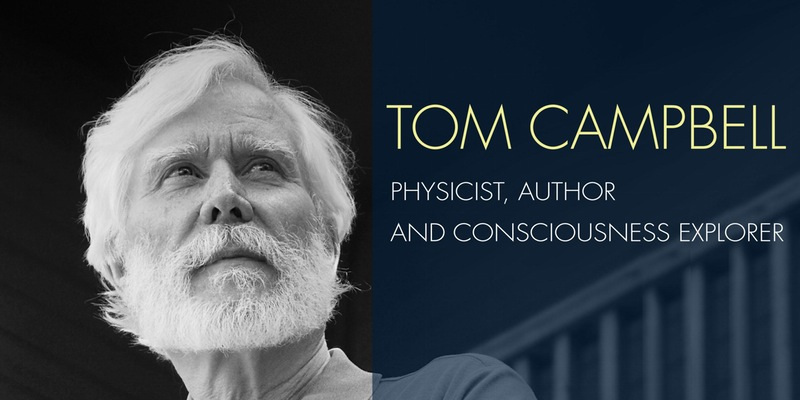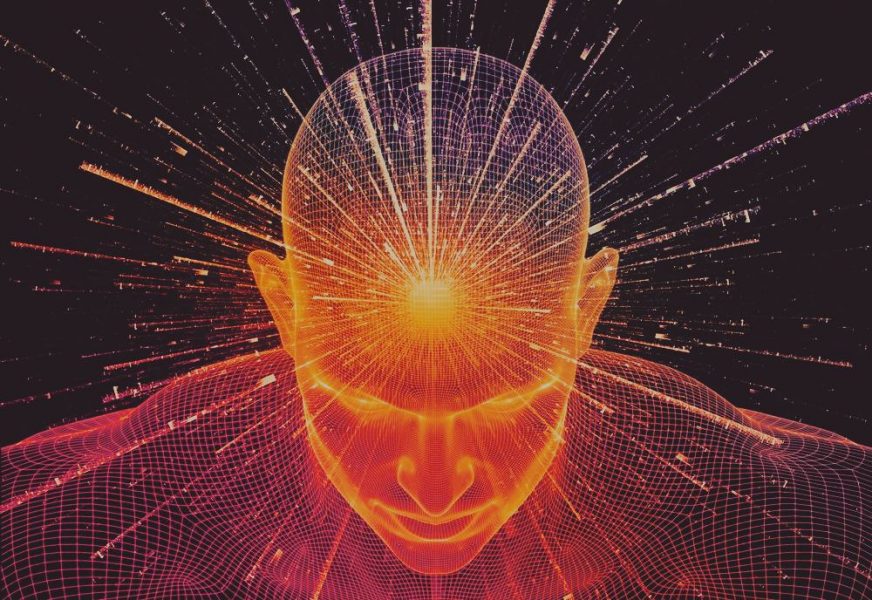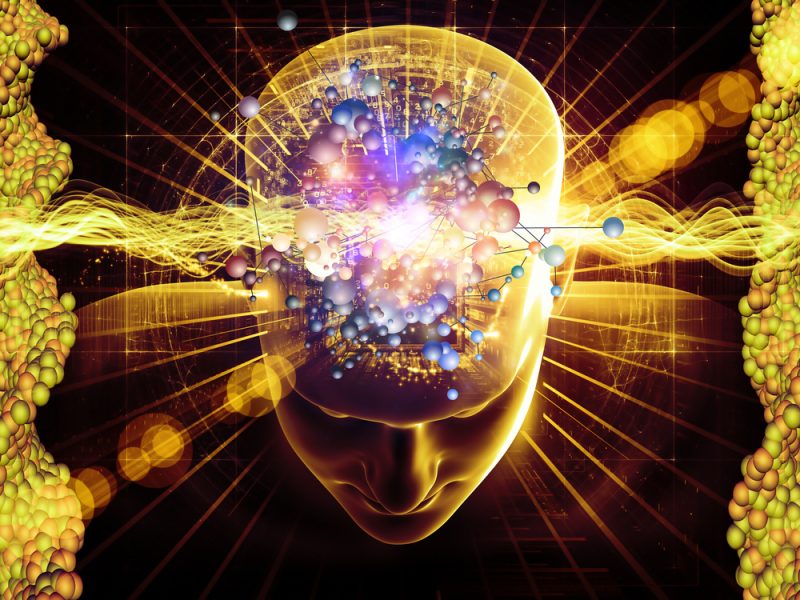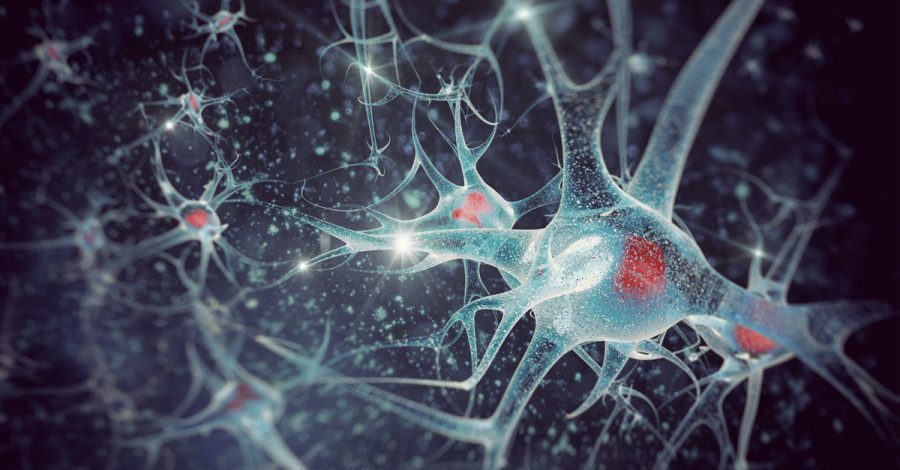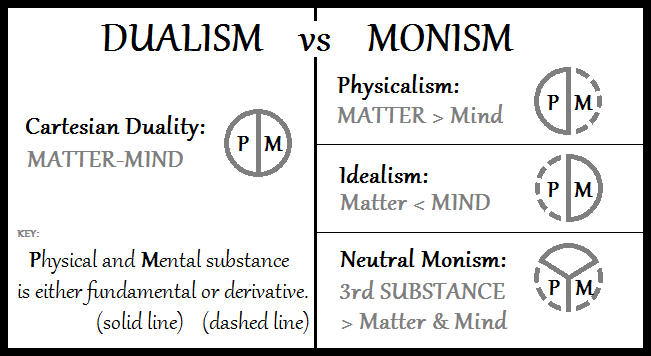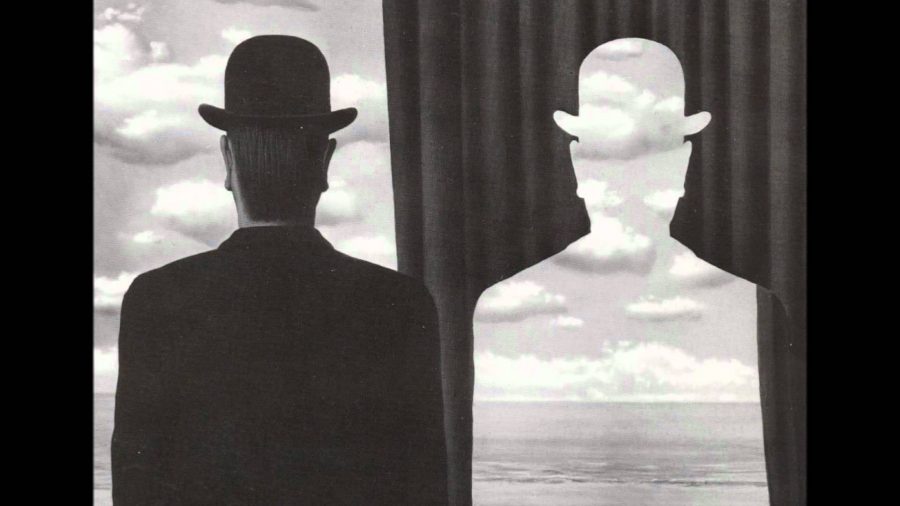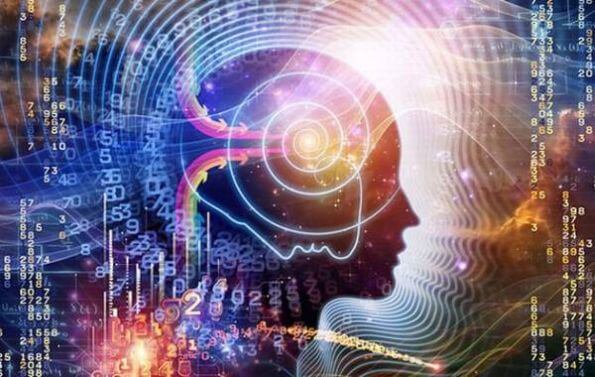Thomas Campbell, a physicist by training, has developed a clever and seemingly complete description of the development of consciousness in his book series My Big TOE [Theory of Everything]. He correctly criticizes current scientific views of the world as being unable to incorporate subjective experience into the predominant models. His response is to suggest that by using only two a priori assumptions he can accurately model the universe more accurately than mainstream scientific theory. Campbell’s only two assumptions are that the primary primordial “stuff” of the universe contains rudimentary consciousness, and that this primordial “stuff” could evolve. He is then able to weave together a detailed description of the forces within physics and the primacy of direct experience.
He chose to use the two simplest assumptions available that would provide for the derivation of a richness of both experience and of basic physical science. He does not necessarily suggest that this basic primordial consciousness is the actual description, only that even if this very basic definition is applied that the results of the evolution of consciousness can become staggeringly complex. What is highly relevant about the model is the use of consciousness at any level as essentially a primary building block of the universe both subjective and objective. He is clearly not a monistic idealist, but his underlying assumptions at least have similarities in some ways to the idealist perspective. The difference is that he uses his assumptions to support the existence of an objective scientific universe which exists independently of the idealist. Quite an intellectual tour de force.
